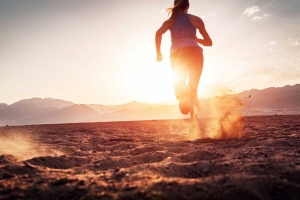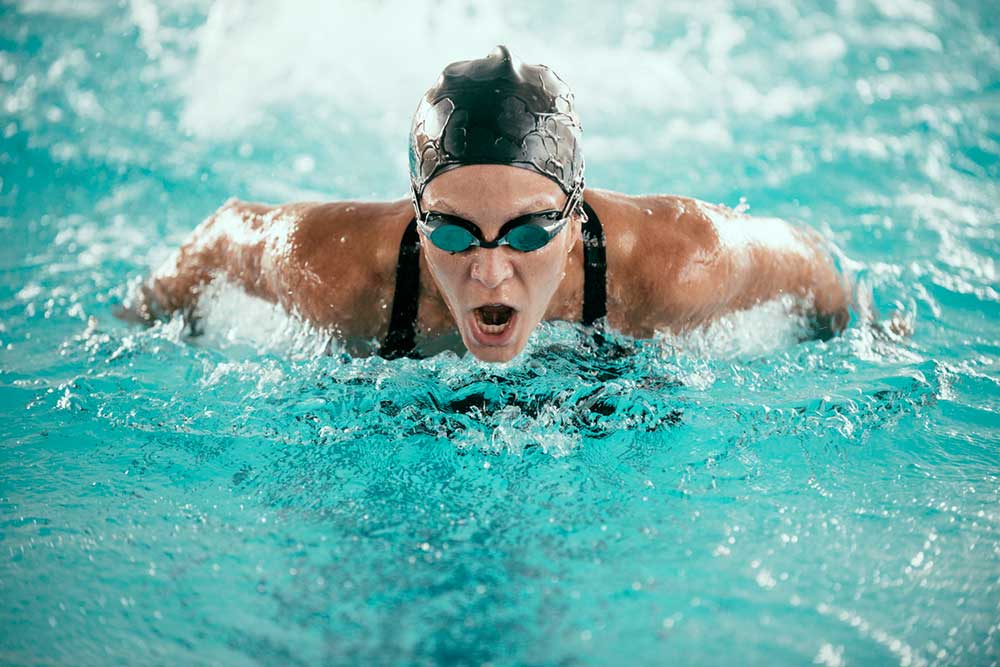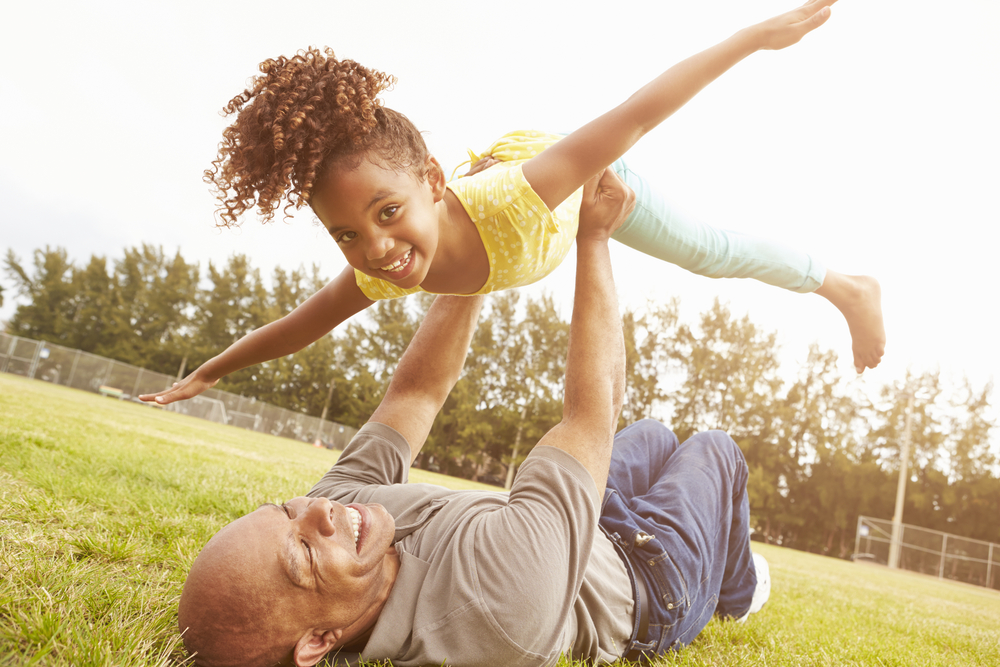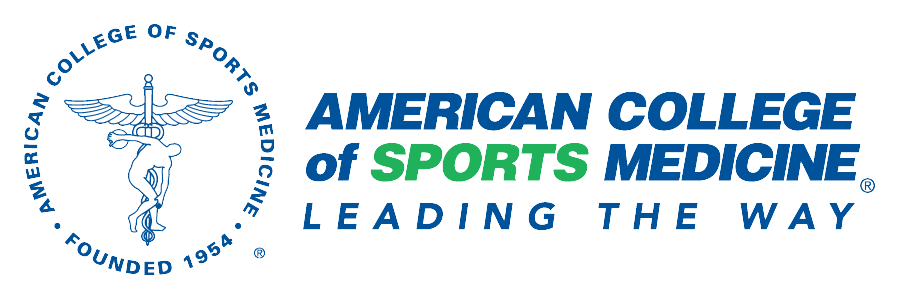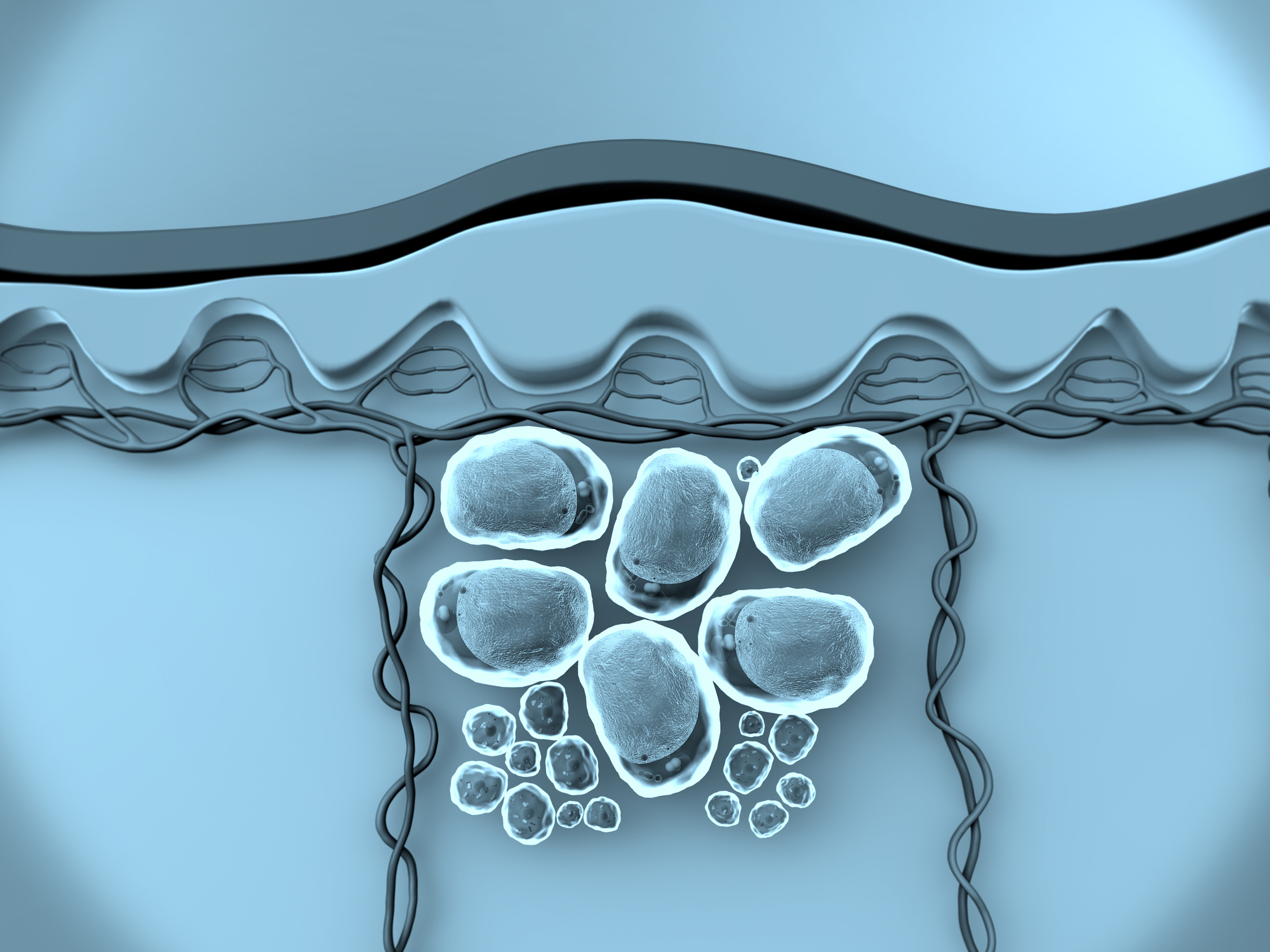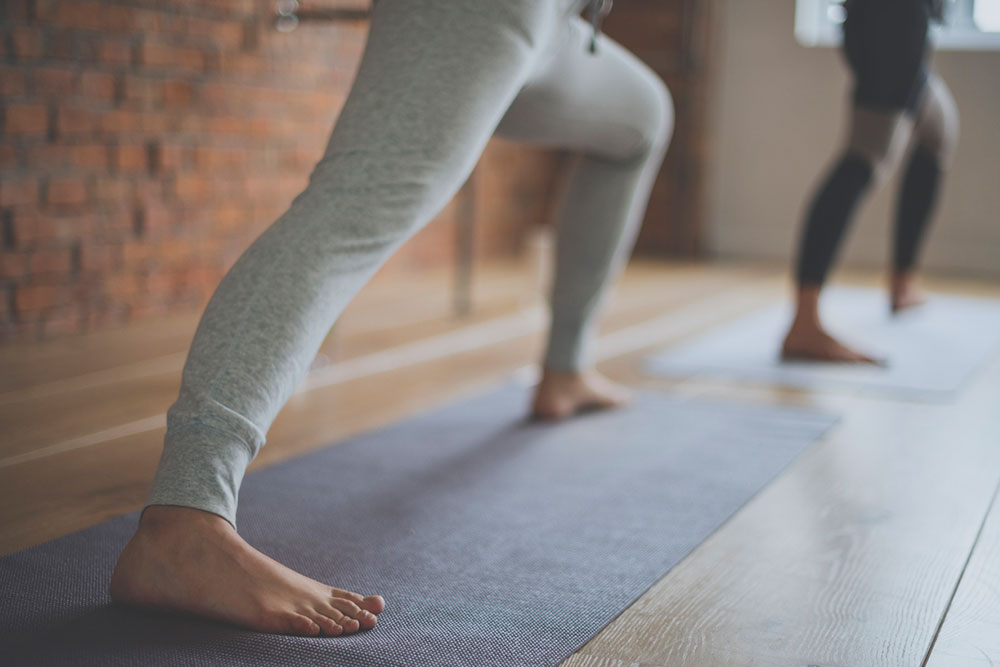Do Genetics Give You A Competitive Advantage?
Dayton Kelly Born to be fast? The role of genetics in VO2 max. This article was adapted from a combination of speeches given at the European Sports Science Conference 2017, most notably Hoppler, H, Switzerland. Many a time it has been wondered how the fastest men and women in the world are so quick for

